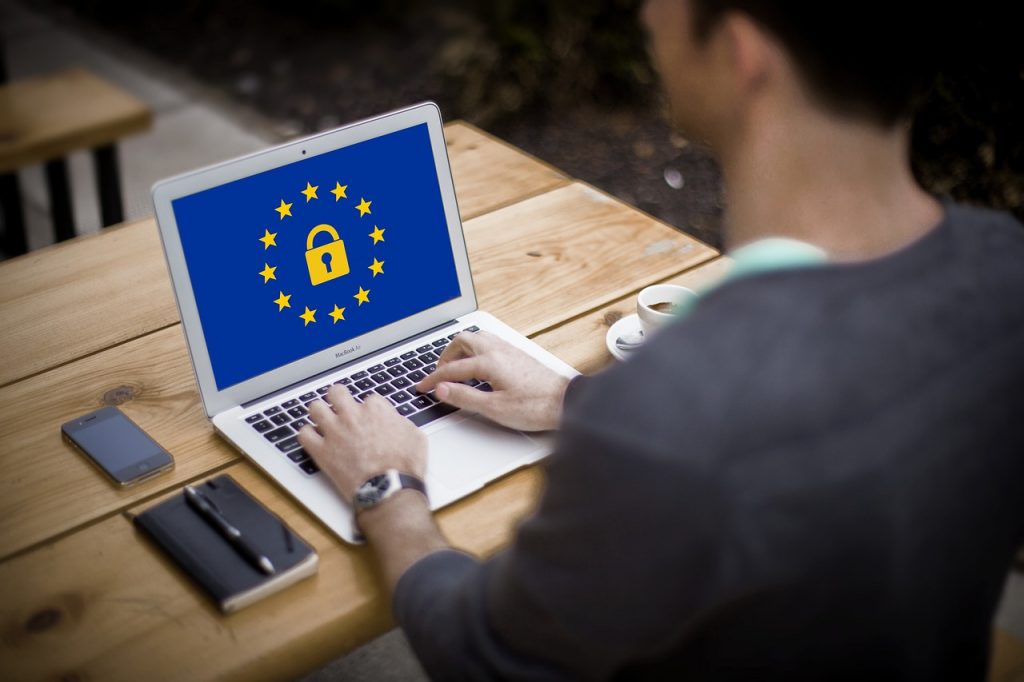
In the ever-evolving landscape of social media, content creation has become both a passion and a profession for many individuals and businesses. However, with the rise of digital platforms comes the unfortunate reality of content theft. The unauthorized use of creative works, whether images, videos, or written content, has become a widespread issue that can have serious implications for creators and brands alike. This blog post aims to explore the various strategies for combating content theft on social media, helping you protect your intellectual property while promoting your brand effectively.
Understanding Content Theft
Content theft refers to the unauthorized use or reproduction of someone else’s creative work. On social media, this can manifest in various ways, from someone reposting your images without credit to outright copying your captions or videos. The consequences can be detrimental, particularly for businesses that rely on their unique content to build brand identity and engage with their audience.

As reported by Contently, high-performing content that achieves viral reach is particularly susceptible to unauthorized use. This highlights the importance of developing strategies for protection and recourse. Whether you are a small business owner, an influencer, or a large corporation, understanding the implications of content theft and taking proactive measures is essential.
Legal Framework: Utilizing DMCA Takedown Requests
One of the most effective tools at your disposal for combating content theft on social media is the Digital Millennium Copyright Act (DMCA). This U.S. law provides a legal framework for copyright holders to request the removal of infringing content from websites and social media platforms. Here’s how to navigate the DMCA takedown process:

- Identify the Infringing Content: Start by locating the unauthorized use of your work. Gather evidence of your ownership, such as original files, publication dates, and any relevant documentation.
- Locate the Platform’s DMCA Complaint Form: Most major social media platforms, including Instagram, Facebook, and Twitter, have streamlined processes for submitting DMCA takedown requests. Look for their designated agents for copyright issues.
- Submit a Formal Takedown Notice: Your notice should include: A description of the copyrighted work, the location of the infringing material, your contact information, a statement of good faith belief in the infringement, and a statement of accuracy under penalty of perjury.
- Monitor the Results: After submitting your request, keep an eye on the situation. Most platforms will respond within a few days, and if the claim is valid, they will remove the infringing content.
It’s important to note that while DMCA takedowns are effective, they should be used judiciously. False claims can result in legal consequences, so ensure you have a valid copyright claim before proceeding. Additionally, consider reaching out to the user directly before filing a formal complaint, as some instances of content sharing may be unintentional.
Engaging with Hosting Providers
When dealing with content theft, engaging with hosting providers can be a crucial step in protecting your intellectual property. Hosting providers play a significant role in maintaining the integrity of online content and can be valuable allies in combating unauthorized use of your work.

To effectively engage with hosting providers, consider the following steps:
- Familiarize Yourself with Their Abuse Reporting Procedures: Most reputable hosting companies have dedicated channels for reporting content theft or copyright violations. Understanding their processes can streamline your efforts.
- Provide Clear Evidence of Ownership: When reporting an infringement, include original publication dates, timestamps, and documentation of your creative process. The more evidence you provide, the stronger your case will be.
- Be Specific in Your Communication: Clearly identify the infringing content, its location, and how it violates your copyright. This specificity can help hosting providers act more quickly.
- Consider Secure Hosting Environments: If you host your own content, opt for providers that offer enhanced security features to prevent unauthorized access and copying of your work.
While hosting providers can be helpful, they are not always the first line of defense. Many social media platforms have their own content protection measures in place. However, if the infringing content is hosted on a separate website, engaging with the hosting provider becomes more critical.
Leveraging Plagiarism Detection Tools
In addition to legal measures, leveraging plagiarism detection tools can be an effective strategy for content creators and businesses. These tools offer a proactive approach to identifying unauthorized use of your work across various online platforms.

Plagiarism detection tools utilize advanced algorithms to scan the internet for content similar to yours, helping you identify potential infringements quickly and efficiently. Here are some popular tools to consider:
- Copyscape: This widely recognized tool allows users to search for copies of their text across the web, making it particularly useful for detecting instances where your social media content has been repurposed on other websites.
- Copyleaks: For more comprehensive protection, Copyleaks offers advanced plagiarism checking capabilities that can detect not only exact matches but also paraphrased or heavily edited versions of your content.
- Google Alerts: Set up automated alerts for new matches to your content. This tool can notify you when your content appears elsewhere online, allowing you to take swift action.
- Image-Based Detection: Use Google Images reverse search to find unauthorized use of your images or graphics on social media platforms.
While these tools are powerful, they should be used in conjunction with other protective measures. For instance, consider watermarking your images and including clear copyright notices to deter potential infringers.
Building a Culture of Attribution
One of the most effective long-term strategies for combating content theft is fostering a culture of proper attribution. Encourage your audience to share your work responsibly by providing clear guidelines on how they can do so. Here are some tips to promote attribution:

- Educate Your Audience: Use your platforms to inform your followers about the importance of crediting creators. This can be done through posts, stories, or even dedicated blog articles.
- Create Shareable Content: Design your content in a way that makes it easy for others to share while providing proper credit. For example, include your social media handle or website link in your graphics.
- Engage with Your Community: Foster relationships with your followers by encouraging them to tag you when they share your content. This not only promotes your brand but also reinforces the importance of attribution.
- Showcase User-Generated Content: Highlight instances where your audience shares your work with proper credit. This not only rewards your followers but also sets a precedent for others.
By actively promoting a culture of attribution, you can reduce instances of content theft and foster a more respectful online community.
The Role of Sociobo in Protecting Your Brand
As you navigate the complexities of content theft on social media, it’s essential to consider how your overall online presence can impact your brand’s authority and influence. Sociobo offers a unique approach to enhancing your social media profiles through the concept of social proof aggregation. By systematically increasing your visibility and engagement metrics, Sociobo helps you build a stronger brand identity that can deter potential infringers.

How Sociobo Works
Sociobo employs a technique known as “social proof aggregation” to enhance your brand’s visibility, authority, and influence on social media platforms. By providing aggregated followers and engagement, Sociobo helps you create a perception of credibility and popularity. This, in turn, attracts more organic engagement and followers, making your content less susceptible to unauthorized use.
Key Benefits of Using Sociobo:
- Enhanced Visibility: By boosting your social media metrics, Sociobo helps your profile stand out in crowded feeds, making it less likely for others to copy your content without attribution.
- Increased Authority: Higher engagement rates signal credibility, attracting genuine followers who are more likely to respect your work and share it responsibly.
- Customized Experience Packages: Sociobo offers tailored services across multiple platforms, including Instagram, TikTok, YouTube, Facebook, and Spotify, allowing you to choose the right approach for your brand.
In a digital landscape where content theft is rampant, leveraging Sociobo’s services can be a proactive step in protecting your creative work while enhancing your overall online presence.
Take Action Against Content Theft
Content theft on social media is a pressing issue that requires vigilance and proactive measures. By understanding the legal frameworks available, engaging with hosting providers, leveraging plagiarism detection tools, and fostering a culture of attribution, you can effectively protect your intellectual property.

As you navigate these challenges, consider the role of your overall online presence in deterring potential infringers. Sociobo’s innovative approach to social proof aggregation can help you build a stronger brand identity, making your content more resilient against unauthorized use.
If you’re ready to take your social media presence to the next level and protect your creative work, explore Sociobo’s services today. By enhancing your visibility and authority on social media, you can create a stronger brand that not only attracts genuine followers but also stands firm against content theft. Visit Sociobo.com to learn more about how we can help you build your brand identity and safeguard your creative endeavors.
By taking these steps, you can not only protect your content but also foster a community that values creativity and respect for intellectual property. The digital world is vast, but with the right strategies in place, you can navigate it confidently and successfully.






No comment yet, add your voice below!